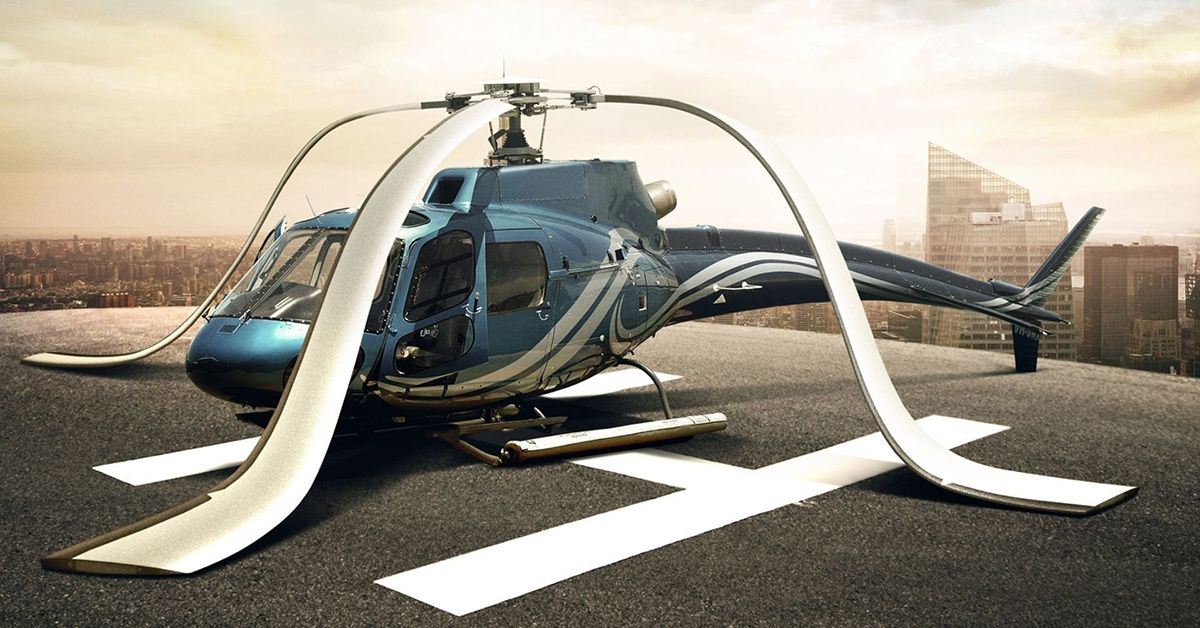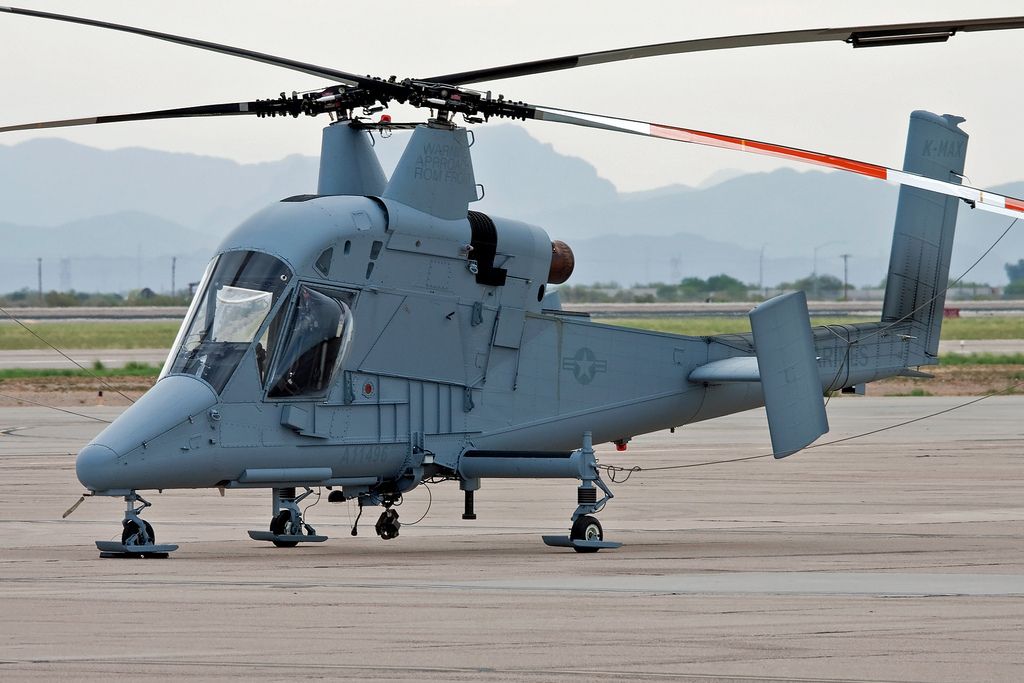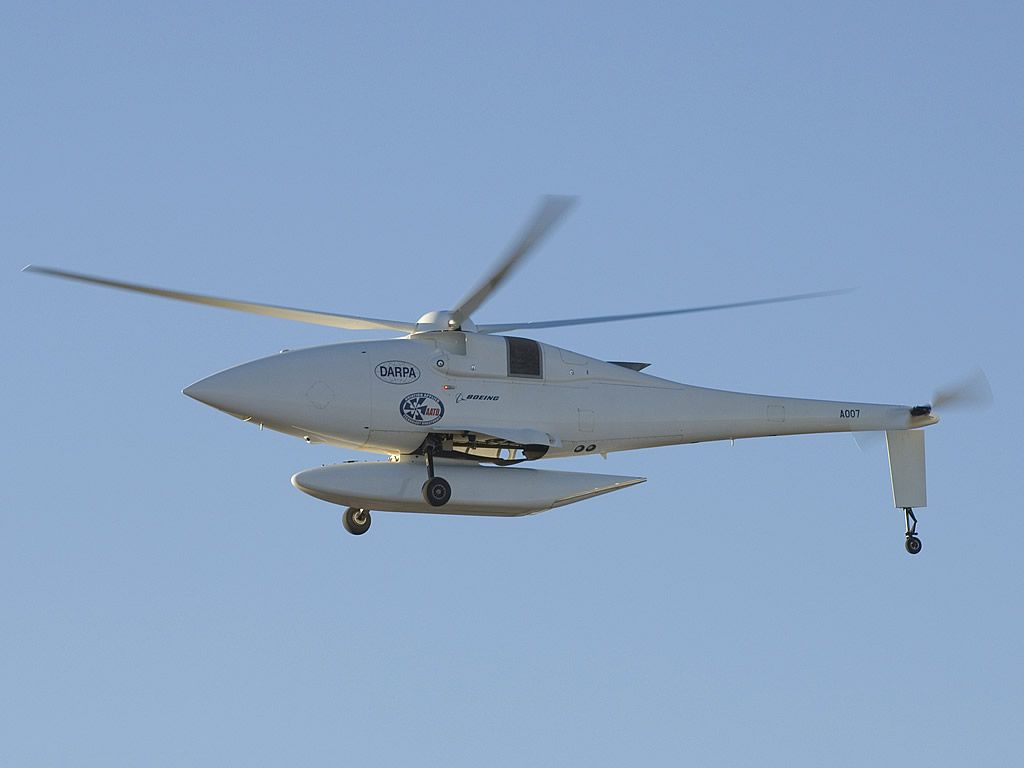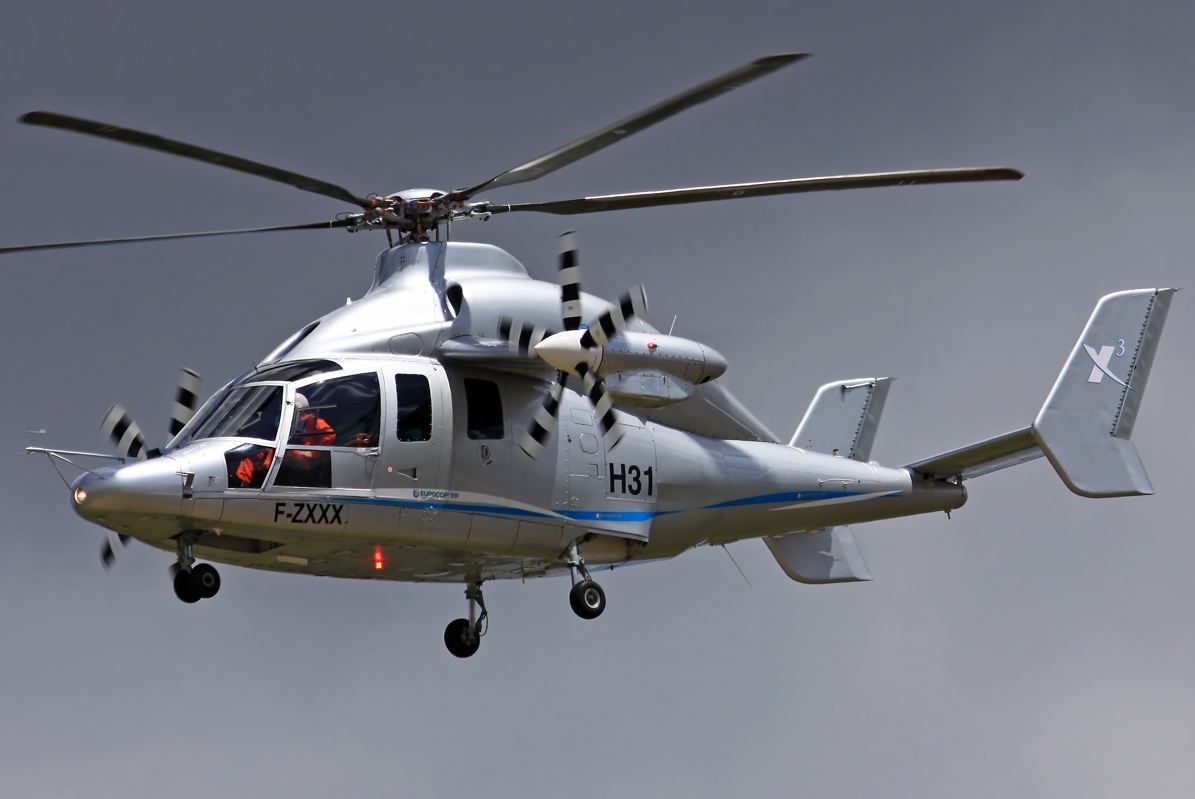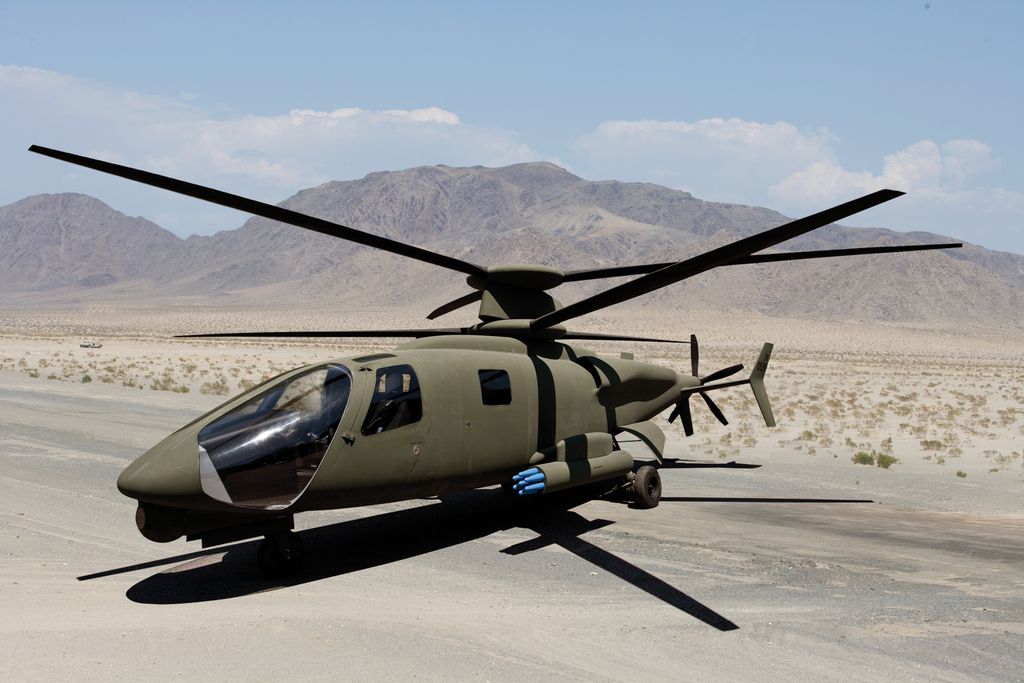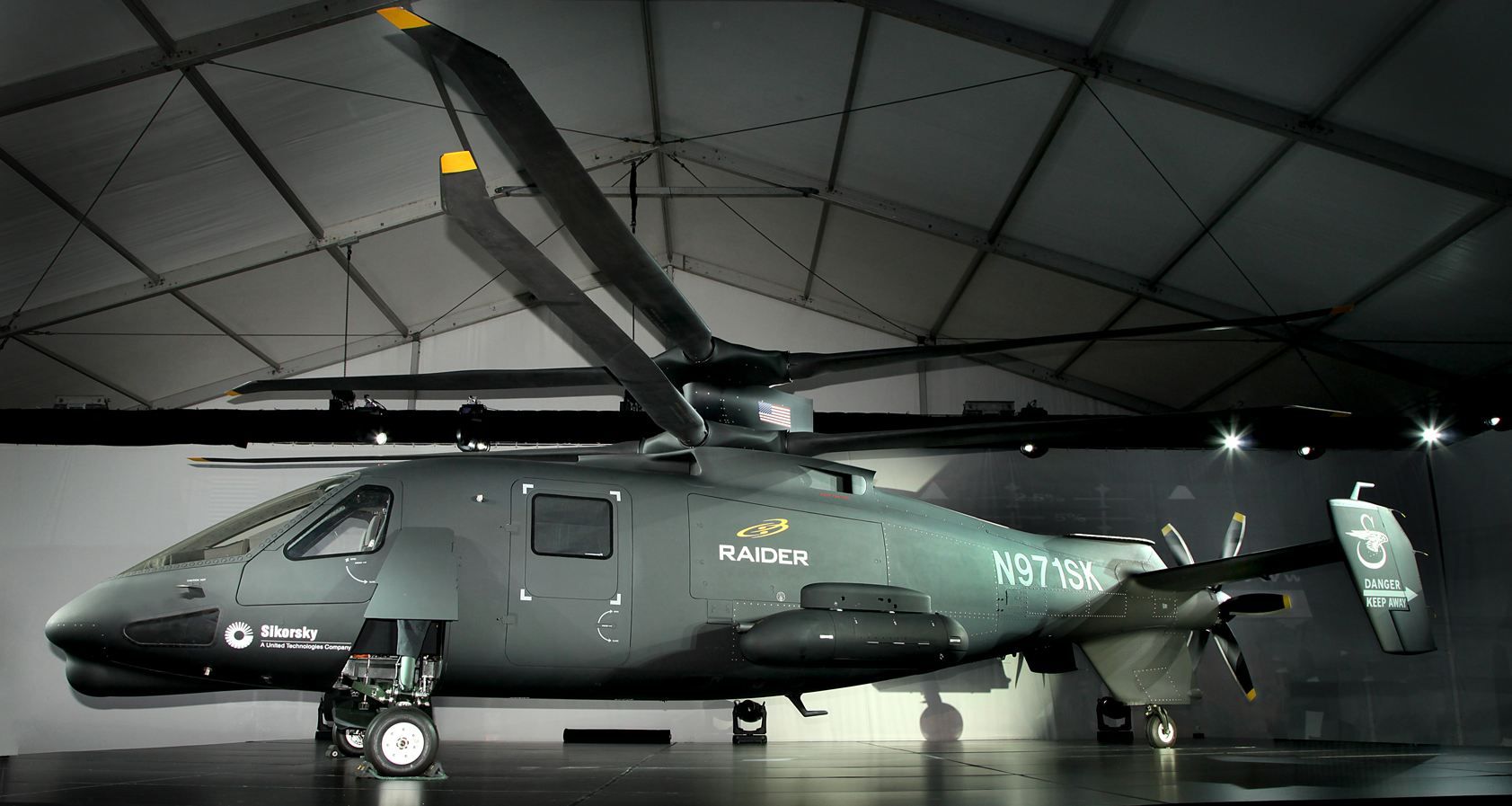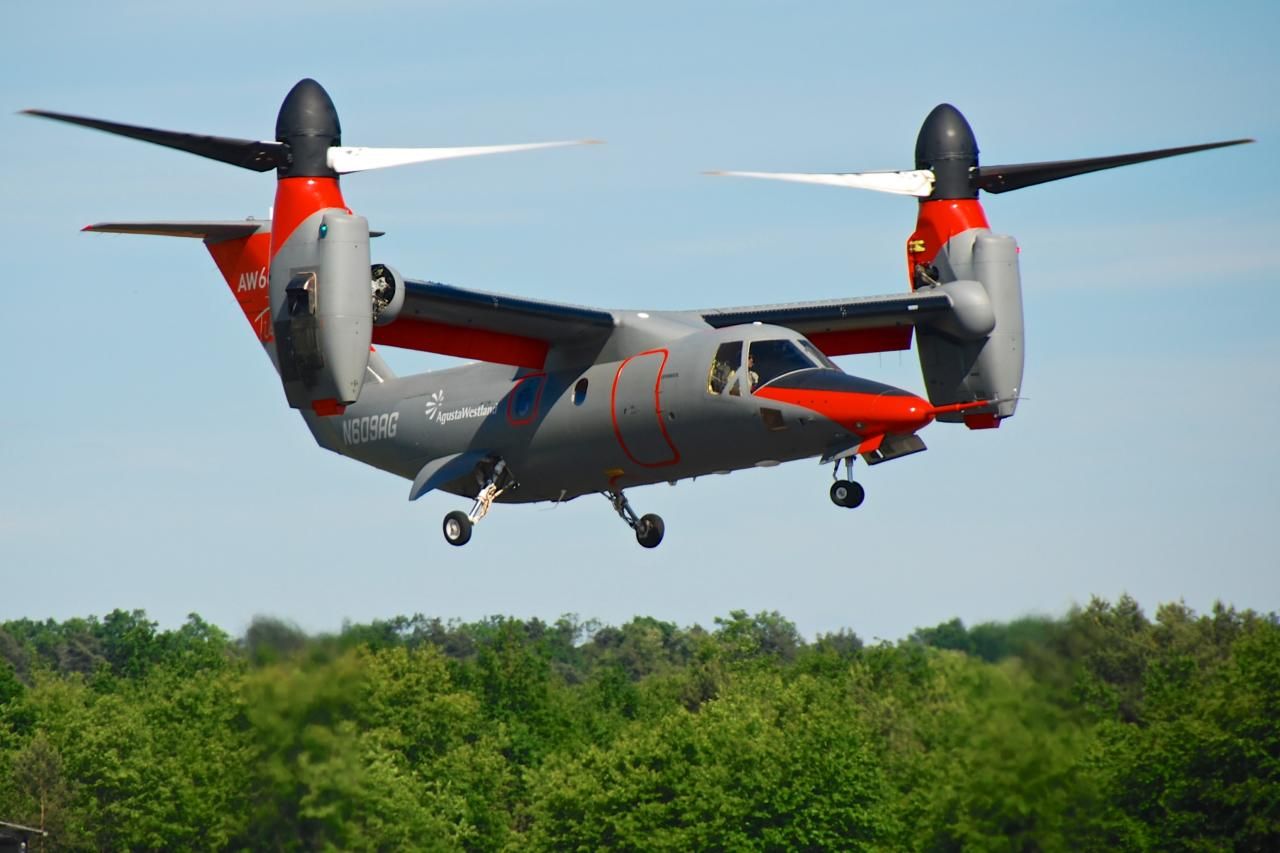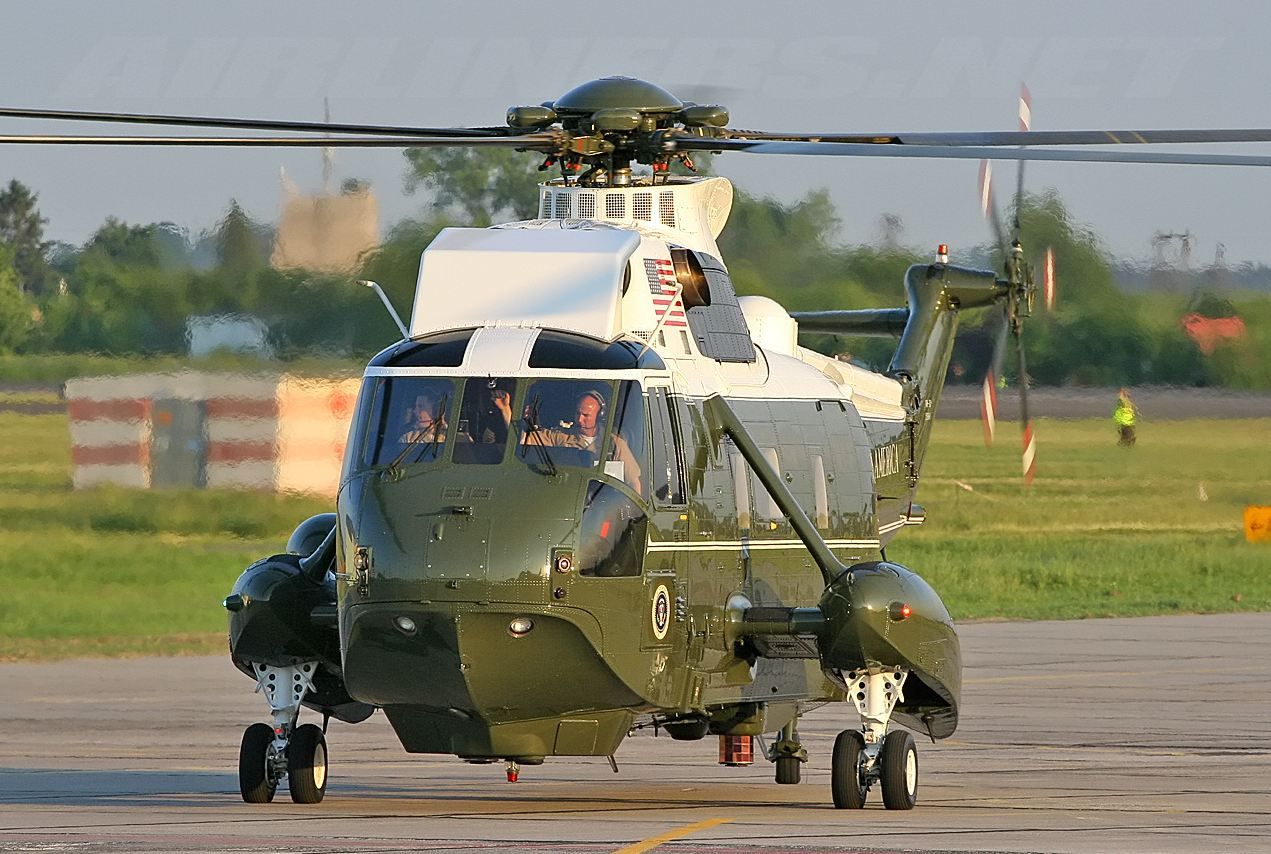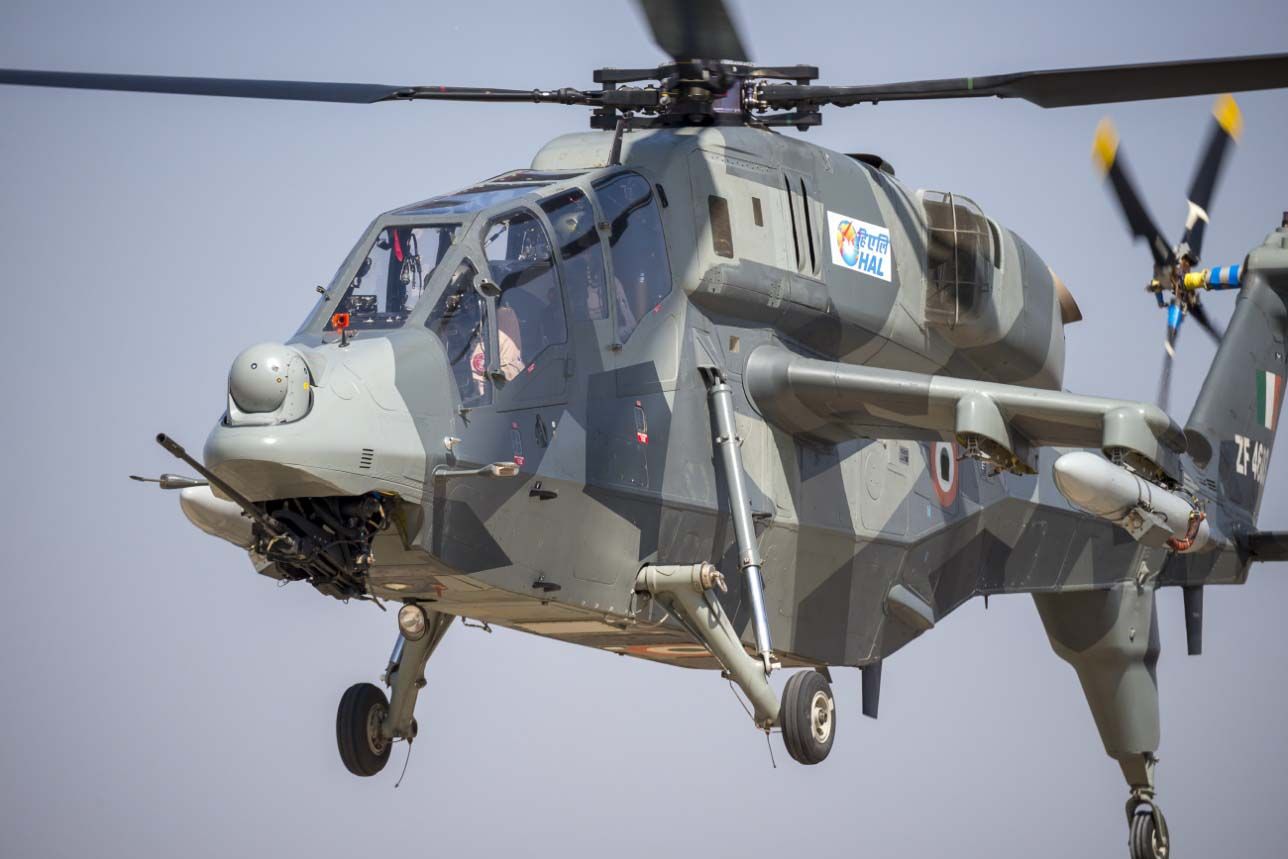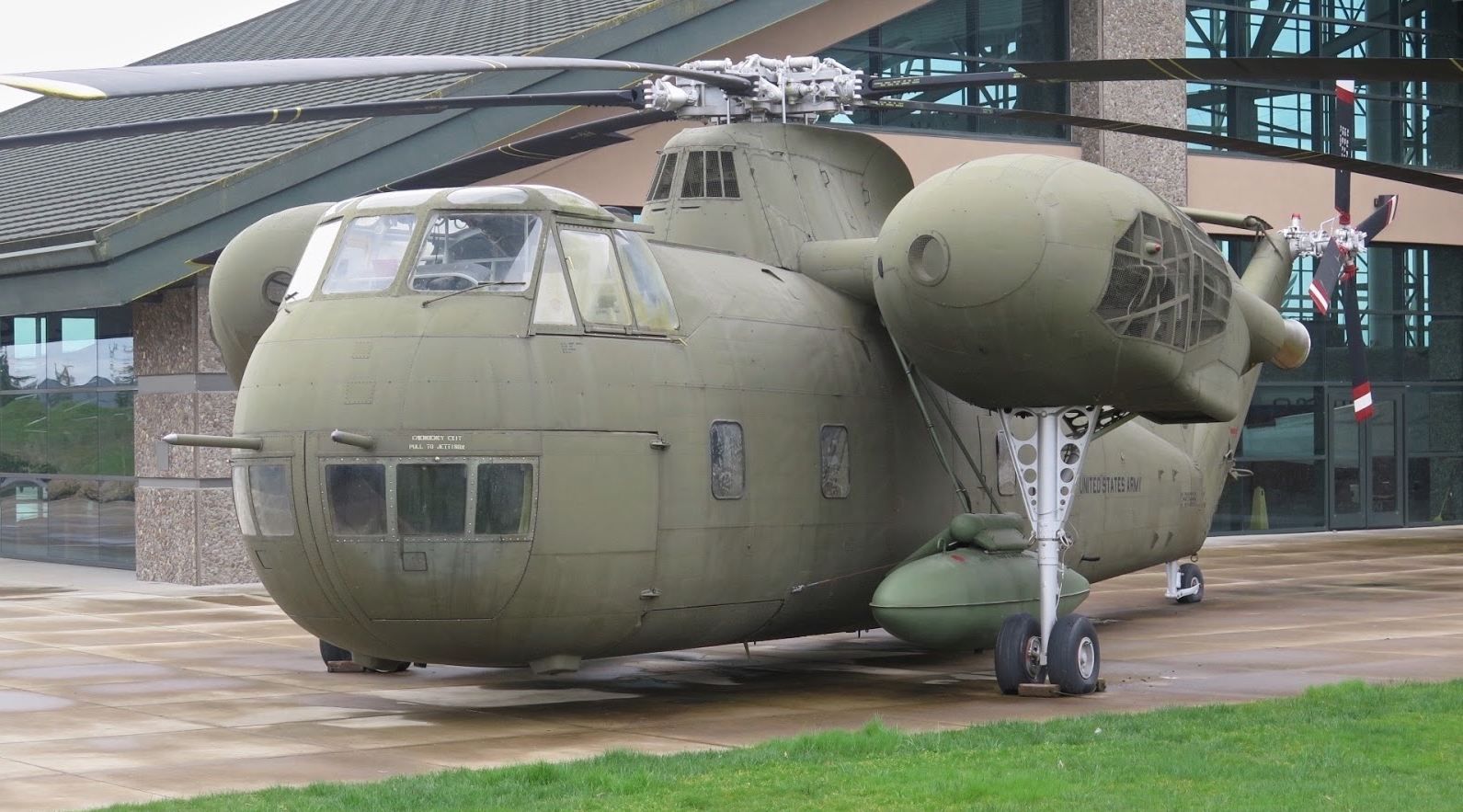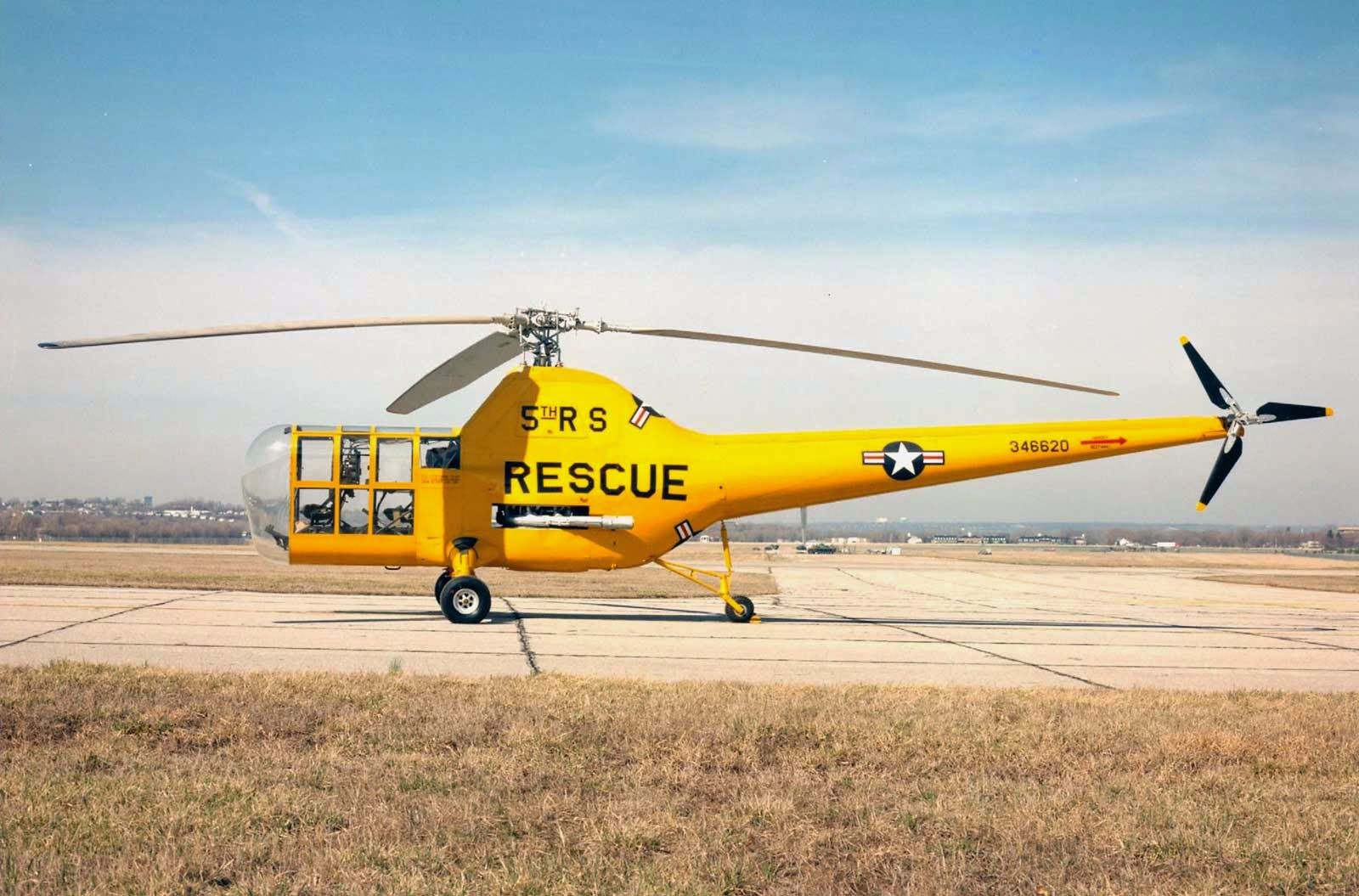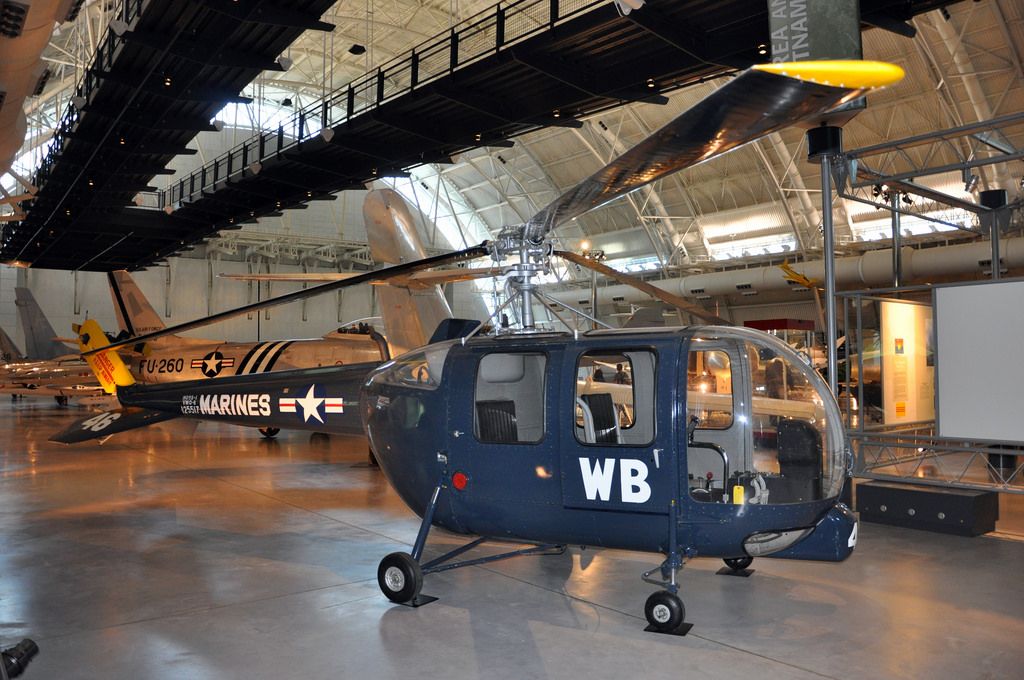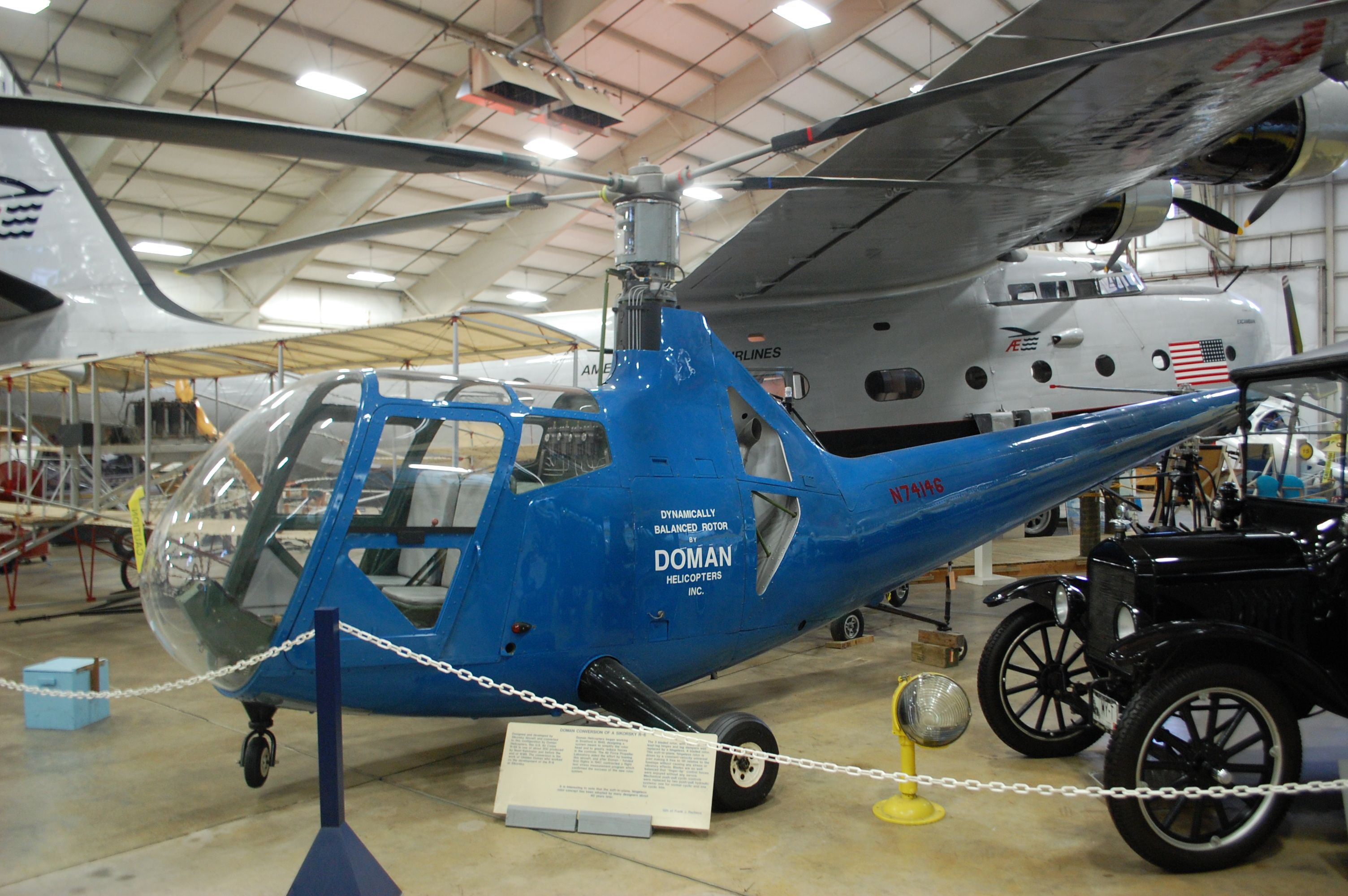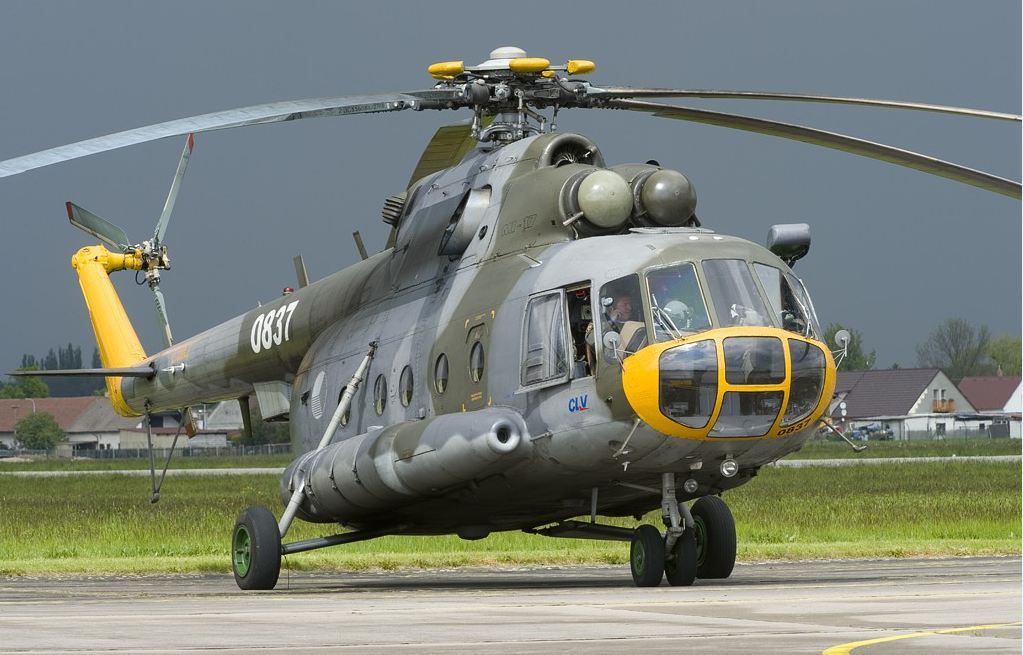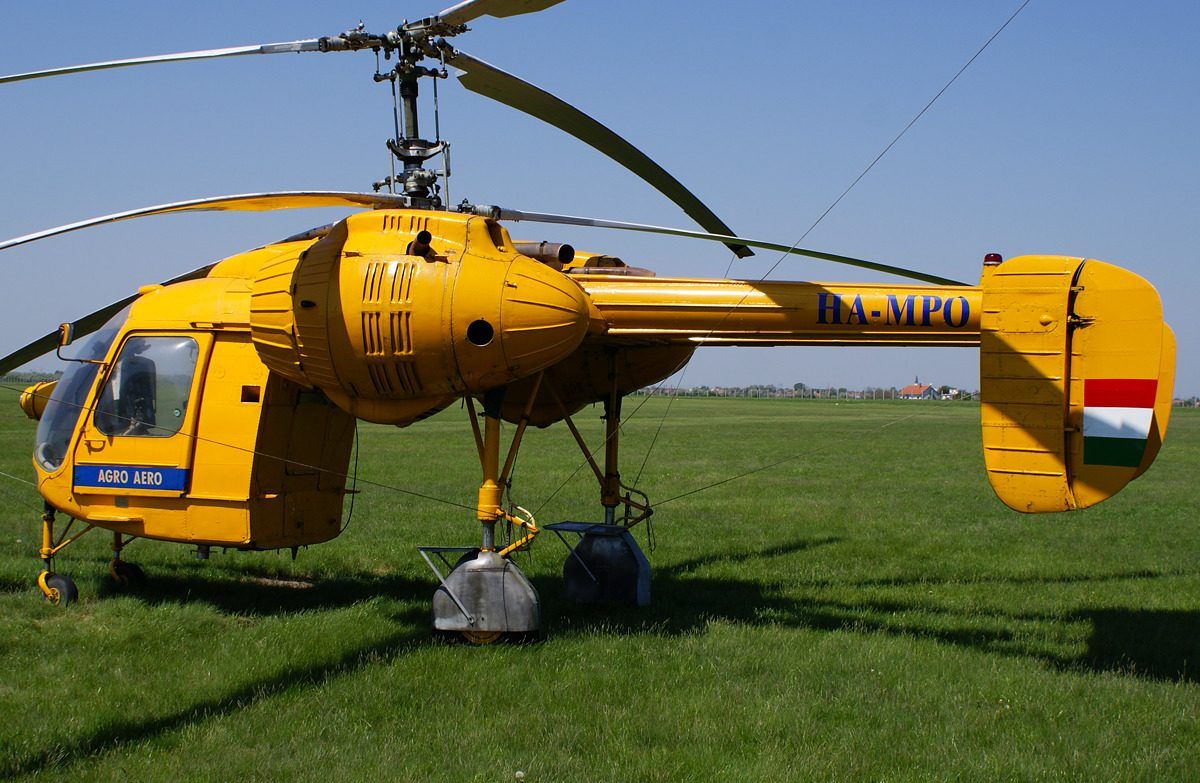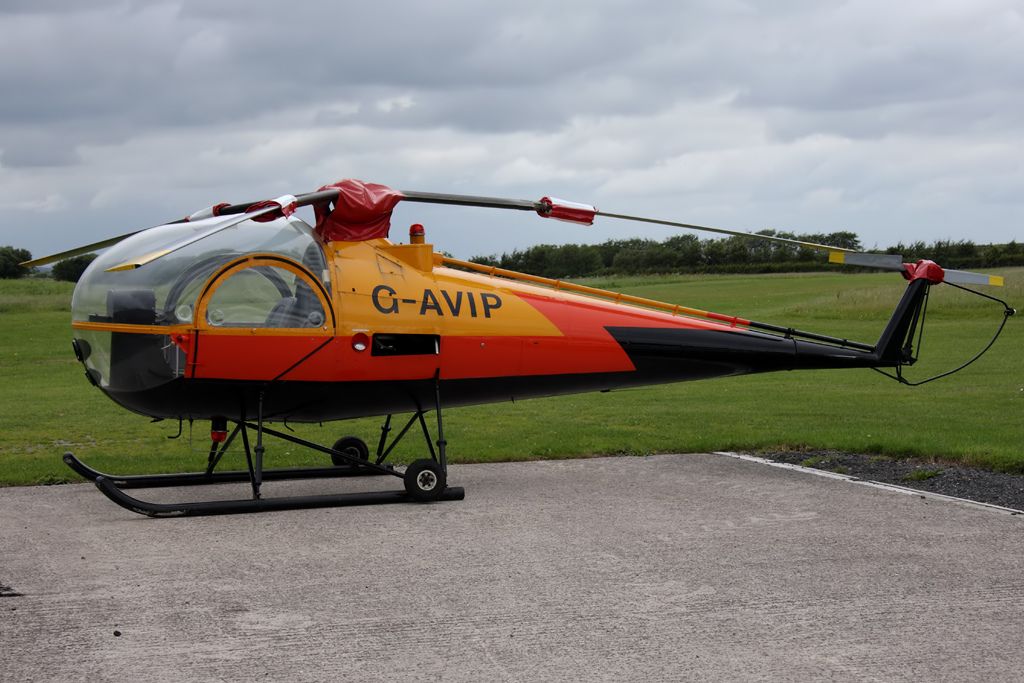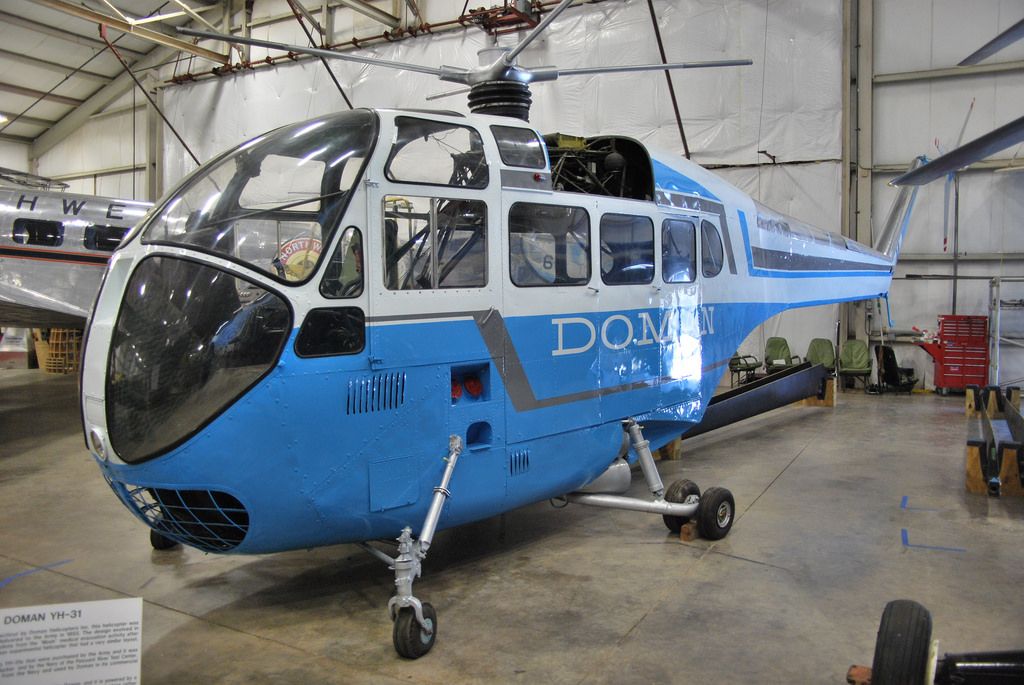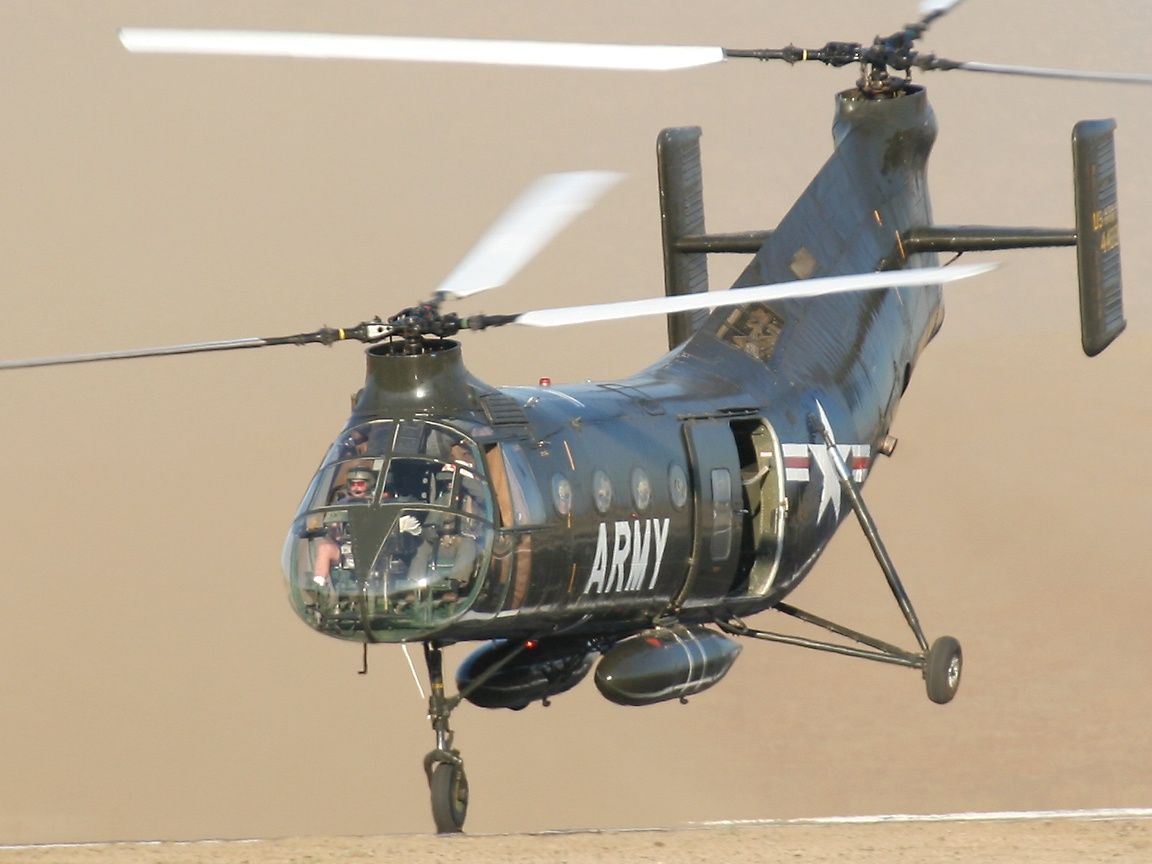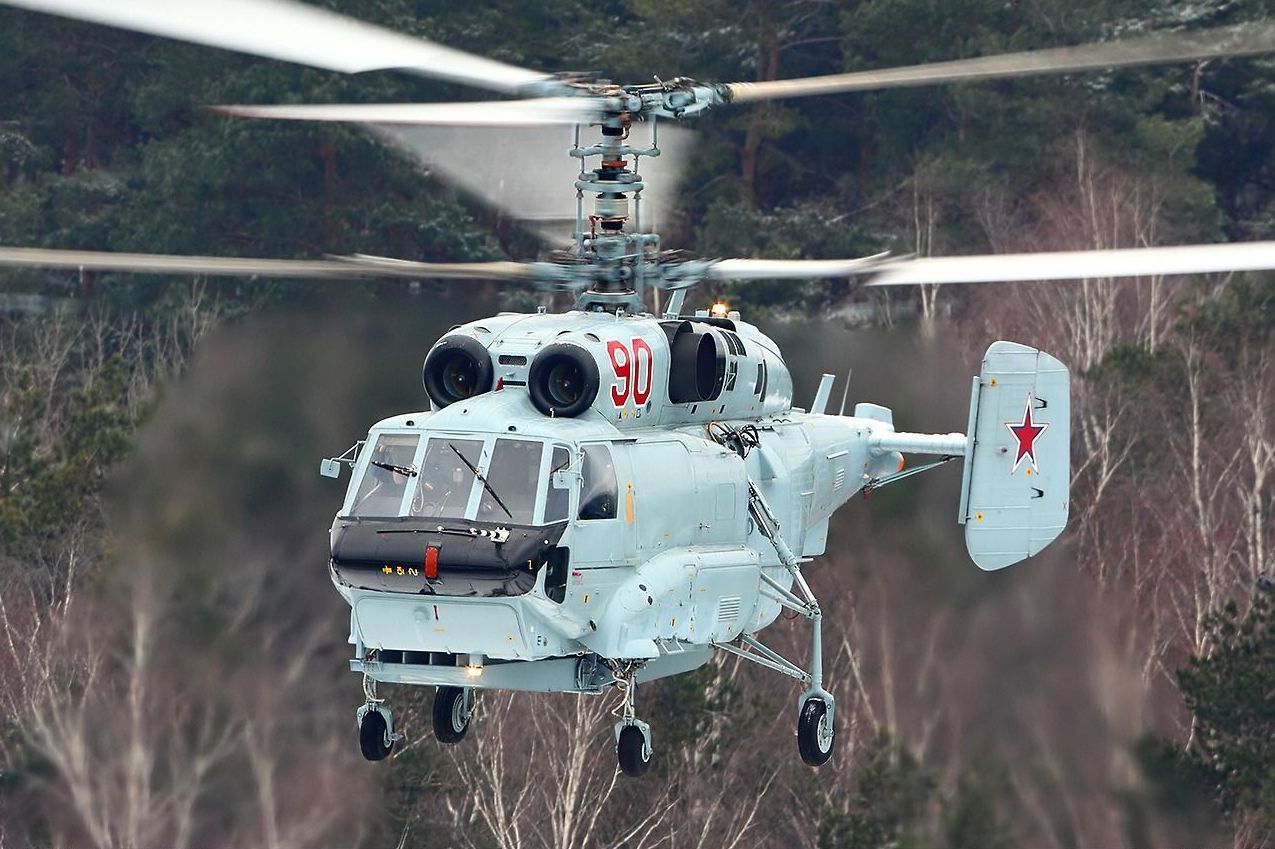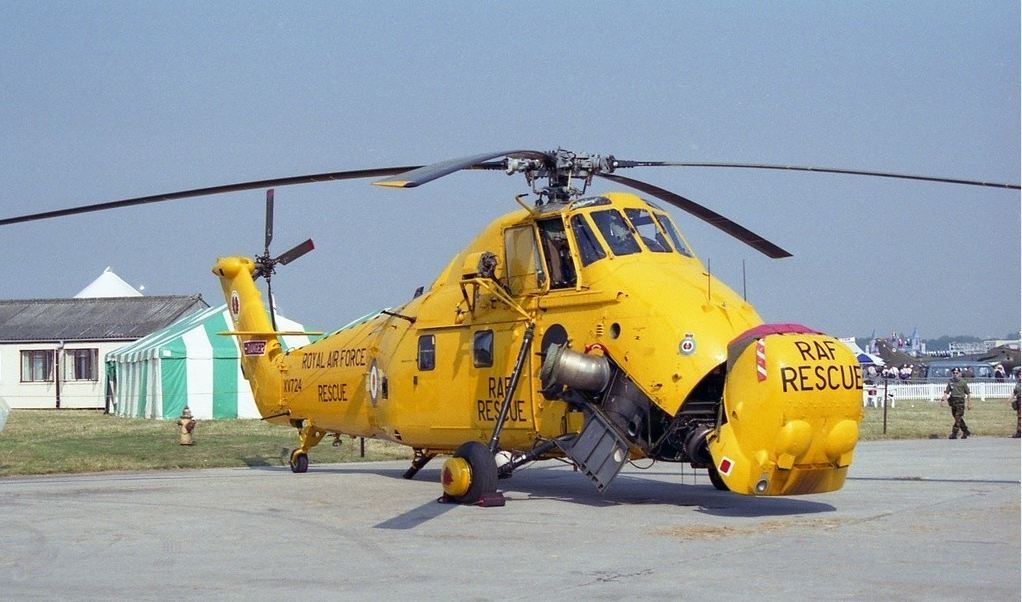The marriage of looks and performance stop at some finite point in the design and production of any prototype, and despite the automobile’s seemingly direct relationship between stellar styling features and super-high performance, the same cannot always be said of aircraft. In fact, some of the most ridiculous concepts you have ever seen were intended for airborne operation; unfortunately many of those ended in disaster as our rudimentary understanding of aeronautical engineering was sorely lacking in the early days of the rotorcraft. As technology naturally progressed, so did our understanding of what worked and what didn’t – but this didn’t stop anybody from building ugly machines.
As a matter of fact, there seems to be a correlation between ugly helicopters and exceptional performance. Most of the helicopters you’re about to read about were awesome machines that could take it hard and dish it out heavy, or lift weight of enormous proportions. Either there is an intrinsically ugly characteristic these machines all have or we just so happened to have found the worst of the worst. There is no shortage of them and no timeline in which they follow – since some of the very first rotorcraft were introduced, the skies have been plagued with more deformed designs than a Chernobyl fallout baby. This proliferation of ugly is exacerbated by the helicopter’s relatively slow service speeds compared to airplanes; aerodynamics are much less a factor and the helicopter can get away with much more visual blasphemy than an airplane can.
20 Kaman K-2000 K-Max
As far as ugly goes, it doesn’t get much uglier than this thing; the disproportionate dimensions look as if the helicopter was smashed on either side like a pancake and flattened. Just wide enough for one operator, the K-Max was designed for external cargo handling and therefore didn’t need much lateral bulk weighing it down.
In fact, the K-Max can lift more than its empty weight into the air (over 6,000lbs).
The counter-rotating, intermeshing dual rotor setup solved the torque compensation issue of single-rotor helicopters and saw service in Afghanistan. There’s a drone version being developed in tandem with optionally piloted vehicle (OPV) that can also act as a drone or be flown by a pilot.
19 Boeing A-160 Hummingbird
The YMQ-18A is the military version of the A-160, and whether civilian or military, the Hummingbird packs a whole lot of technology into a small package. Powered by a Pratt & Whitney PW207 turboshaft, the 2,500lb, 35’ bird is remotely operated and can hit speeds of up to 160mph with an endurance north of 20 hours. Not bad for a little zinger like this that was originally equipped with Subaru engines in its early design stages. Intended for greater endurance and altitude than any current rotorcraft in operation, the accident-prone little Hummingbird has been plagued with problems from the assembly line where one even caught on fire before being finished.
18 Eurocopter X3
Debatably a ground-breaking design in the making, the X3 incorporates aircraft and tilt-rotor design into the basic framework of a traditional helicopter to come to the conclusion that aesthetically the three are better-off kept separate.
But judging books by their covers is only something we should do to other people; therefore, a closer look should be taken into the X3.
You probably wouldn’t have guessed it, but this sucker is one fast little helicopter; 253mph at 10,000’ and a service ceiling of 12,500’ with a rate of climb in excess of 5,000ft/min. The twin Rolls Royce turboshafts drive the 41’ main rotors while the five-bladed props are gear-driven from the main engines. Racing prototypes are in development promising even more speed and the overall platform is based on super-efficient operation per distance.
17 Sikorsky Raider Prototype
Remember the name Sikorsky; it’ll be thrown around a lot here; they are notorious for ugly rotorcraft. They are also known for some of the most notable helicopter designs ever. Being one of the first companies to ever develop military and civilian helicopters, they know what they are doing. The 1923-founded company has been with us through a variety of conflicts and now owned by Lockheed Martin, funding is a bottomless pit. This full-scale mockup X2 LTH (Light Tactical Helicopter) is designed to enable high-speed flight while still retaining all the desirable helicopter-like qualities of a rotorcraft. Contra-rotating props on top and a pusher prop in back give it an appearance unlike any helicopter you’ve seen not in a child’s book.
16 Sikorsky S-97 Raider
First flown in a degraded-performance backup mode, the triplex, fly-by-wire system displayed the S-97’s airworthiness well enough in the low-speed regime.
Developers are breaking in the new technology at a wisely moderate pace and extensive testing and R&D is preparing the S-97 for more testing in the performance range it was intended for.
Don’t be surprised if it blows by your Beechcraft twin Baron at cruise; a 220kt cruise speed, 3g maneuverability at speed and a smooth hover at 6,000’ in 100° weather are the target performance benchmarks for the little Raider. If it can pull it all off, we may see more usage of the platform in years to come.
15 AgustaWestland AW-609
If you were afraid you’d start to get too used to plane flying things that looked like helicopters, how about helicopter flying things that look like planes – that’s exactly what the AW-609 is. It’s high-wing, pod-mounted, twin-turboprop powerplants rest dutifully at each end of the short wings; in this picture you can see the flaps fully extended as it appears to be on approach. The joint Bell-Boeing venture was aimed at creating a tilt-rotor for civilian markets, but Boeing decided to pull out leaving Bell to look for subsidizing of the project elsewhere. Perhaps these ugly designs are the way of the future? It certainly seems to be trending and Bell has already announced that conventional rotorcraft are “not a part of Bell’s future for military customers.”
14 Sikorsky S-61 Sea King
This widely recognizable machine has been featured in countless movies in both civilian and military dress. This capable air crane has a long repertoire of job skills that make it just about as relevant today as it was in its infancy way back in ’62.
The Sea King has undergone many variants and configurations depending on the intended line of work.
It’s a passenger transport, cargo carrier, air crane, water bomber and search and rescue platform among other things. Whether on a maritime search and rescue operation, fighting a wildfire or transporting oil workers and supplies, the Sea King’s ugly exterior hides formidability and utility that is still being supported by updates to this day.
13 HAL LCH
The Hindustan Aeronautics Limited Light Combat Helicopter looks like something exactly out of a Call of Duty game based in the near future. I’ve always looked upon the ‘futuristic’ vehicles in games as silly and outlandish, but game developers seem to have a good handle on what’s to come; a little bit of stealth Nighthawk-ish polygonal molding with a boxy frame and beefy stance. You can almost smell the technology-packed rotorcraft bursting at the seams with high-tech gadgetry and tactical equipment. The multi-role LCH isn’t here to win any beauty pageants, but its superior load carrying capacity, range and performance make it excellent for high-altitude operations – namely mountain service where the air is already very thin.
12 Sikorsky CH-37 Mojave
As military equipment was getting bigger and heavier with each passing year, the late ‘40s and early ‘50s prompted the military to contract larger airborne equipment to jockey it all around effectively.
The need for heavy-lift helicopters was increasing and behemoths like the Mojave stepped in to answer the call.
Huge nacelles on either side of the fuselage with a bulbous cockpit design left a lot of room in the tube for cargo but sacrificed looks in the process. Although there is something oddly beautiful about this machine, it definitely wasn’t getting asked to prom. Two Pratt & Whitney 2,100hp R-2800 radials were used to power the Mojave up to its service ceiling of less than 9,000’.
11 Sikorsky R-5
If you didn’t believe me when I said you’d hear the name Sikorsky a lot, maybe you should now. Although they have had some of the ugliest designs in history, they’ve been superlative examples of exceptional helicopters in their designated roles, save for maybe one that hasn’t had a chance to prove itself yet. Sikorsky’s leading-edge helicopter designs date back to the ‘40s where milestone machines laid the foundation for all rotorcraft that would follow for decades. The R-5 was a versatile machine with a 400hp or 600hp Wasp radial for power and three articulated, folding blades for storability during transit. It would see many variants including amphibious versions with pontoons and even search and rescue models with hoists. Tail-wheel and tricycle gear variants were both produced.
10 Sikorsky HO5S-1 (S-52)
Little more than an oblong tube with convex ends, a tail section and a three-bladed rotor, the HO5S featured some of the scrawniest landing gear known to a helicopter.
The bare-minimalist design added to the utility as this was truly a no-frills machine built to improve shortcomings with the HO3s.
Sporting the ability to carry two stretchers internally and low center of gravity, it served the military well during its service and remained in service until replaced by the Bell UH-1 ‘Huey.’ It’s also noted for being one of the first domestic helicopters to feature all-metal blades. Funny-looking helicopters truly know no bounds.
9 Sikorsky R-6 Hoverfly II
The canted tail section looks as if the airframe were deformed in a hard landing and too long to accommodate a well-balanced center of gravity in the first place but alas, all of this was intentional. It was designed to follow up the already-successful R-4 which almost looks uglier and sports the unflattering cockpit design of the Waco CG-4 glider. Now able to fly 18mph faster than its predecessor, the 100mph top speed is still unimpressive for a rotorcraft of today’s standards but in an era where helicopter technology was in its infancy, the Hoverfly II remains a unique example of the designs that made helicopters successful.
8 Mil MI-17 Hip
The MI-17 is a Russian medium, twin-turbine transport helicopter put into service in 1975 and can be optionally outfitted with larger engines for duty cycles in high altitudes up to 20,000’.
The 16,000lb crane can accommodate two dozen troops, 12 stretchers or 8,800lbs internally and a slung-loaded 11,000lbs externally proving you can’t judge a bird by its face.
In July 2010 two MI-17s were flown by USAF and Afghan Air Force personnel to rescue over 2,000 civilians from flood waters during a 13-hour mission. Clamshell doors or a loading ramp can be equipped depending on the model variant and the Hip is a duty-proven airlift worth its weight in gold as long as you’re looking at it in the dark.
7 Kamov KA-26
When you hear a NATO reporting name like Hoodlum, you naturally want to know what it looks like; don’t hold your breath and prepare to be disappointed, it’s not very pretty on the eyes no matter how bad your vision is. The light twin-engine agricultural version entered service in 1965 and since has used in a wide variety of applications not limited to ambulance service, cargo and passenger transport, forest fighting, construction and search and rescue. The cabin configuration can vary widely depending on its role and some are regretfully uglier than others on a helicopter that never had a chance not to be ugly.
6 Brantly B-2
This retarded helicopter design looks as if it should be wearing a helmet and taking the short bus to school; although as structurally sound as the cone-shaped tail may be from an engineering standpoint, it’s just weird looking.
Ugly as it may be, the 65 year old design was still being produced as of 2011 and can be had with skids, floats or wheels.
Amazingly, empty weight is 1,000lbs with max gross takeoff weight at only 1,670lbs. Definitely not a sky crane – rather it was more of a Geo Metro of the skies. With a max cruse speed of 100mph your car is likely faster than it on the open road.
5 Doman LZ-5
It stands to reason that aircraft design would at least, by some small measure, be affected by the adjacent car styling of the period. After all, those helicopter designers had to get to work somehow, right? You can almost feel the ‘50s oozing out of every gentle, sloping curve. Despite Doman’s vision of what a helicopter was to be, only three prototypes were ever built, two purchased by the Army and designated YH-31. After testing, the Army concluded there was no need to increase the YH-31 inventory and that was the last order the Doman LZ-5 ever saw. Maybe they’d have sold more if it wasn’t so damn ugly!
4 CH-21
Although the design-room logic placed a distinct kink in the fuselage at the rear gear struts for a very practical reason, the design feature nonetheless had earned the CH-21 the nickname Flying Banana whether affectionately or otherwise.
A variety of gear configurations allowed for operation in warm climates as well as icy ones, and it even had amphibious capability with the installation of optional floats.
The winterization features allowed it to operate in climates as cold as -65°F and the Banana was versatile enough to be maintained in in those same climates. Award-winning versatility meets one-night stand looks as this rotorcraft has award-winning attributes in some categories, but definitely not the looks department.
3 Kamov KA-25
This three-bladed, coaxial-rotored rejection makes up for what it lacks in the beauty department with utility like few others can stake claim to; the 10,000lb eyesore has 25 variants with which to choose from. The 1966 Soviet design is still in production today, either by way of its utilitarian nature or the Soviet’s ability to overlook ugly (as well as that of the five major countries that operate them). The necessity of a tail rotor is removed by the dual-rotor setup; in place of it rides some sleek looking fins that look like they were commandeered from an entirely different aircraft and the lightweight landing gear look as sensitive as its feelings would it be had it had them.
2 Westland Wessex HC-2
The elevated flight deck of this Wessex greatly assists the pilots visibility which is very helpful in submarine warfare as well as well as search and rescue operations; two of the primary roles of the HC-2.
Initially produced for the Royal Navy, Air Force variants were subsequently produced along with a few civilian units and the occasional export sale.
The 40-year search and rescue veteran is a proven design having seen flight for the first time in June of 1958 and remaining airborne until retirement in 2003. It’s the first helicopter operated by the FAA to be designed from scratch as an anti-submarine platform.
1 Hughes XH-17
Although about as odd-looking as abstract art, the Hughes XH-17 could be considered revolutionary, albeit a failed endeavor. The military need for air-lift utility was to be satisfied by a heavy-duty sky crane that boasted the ability to be able to pick up a light rail car. The world-record holder for largest rotor system flew in 1953 with a gross weight of more than 50,000lbs and was constructed of a multitude of different aircraft; B-25 Mitchell front wheels, Douglas Skymaster rears, a B-29 bomb bay fuel tank, CG-15 glider cockpit and a Sikorsky tail rotor were all thrown together under air-driven, pneumatic rotors with exhaust jets at the tips. It was grounded once the one-off rotors reached the end of their design life and were never replaced.
Sources: kaman.com, lockheedmartin.com, aviationweek.com, aviastar.com, flyingleathernecks.com, airforce-technology.com.

